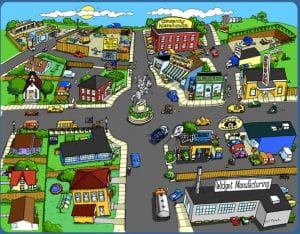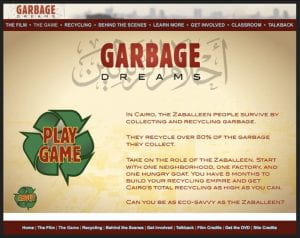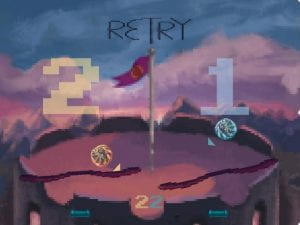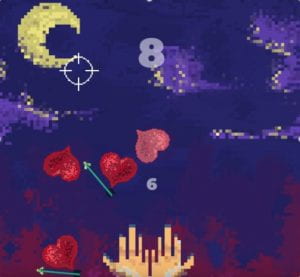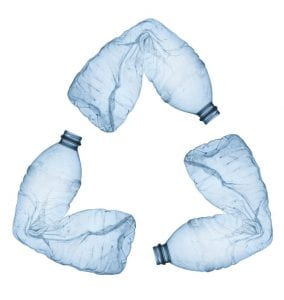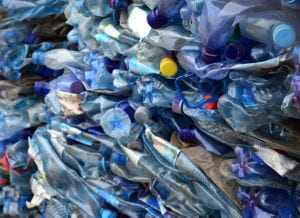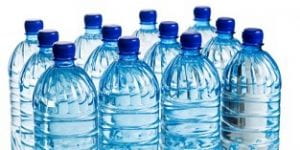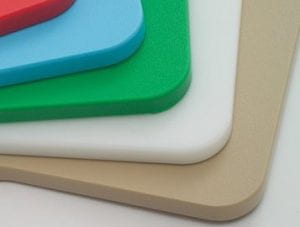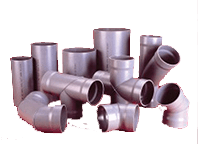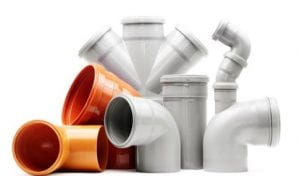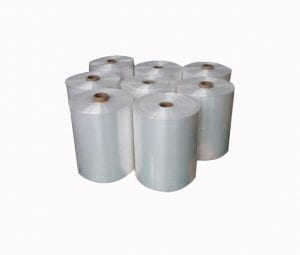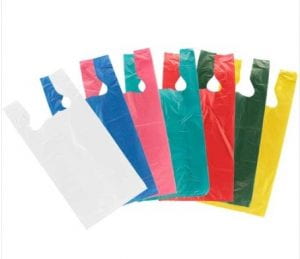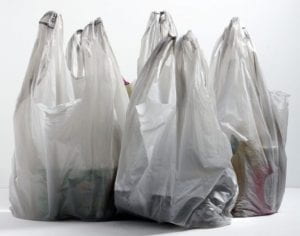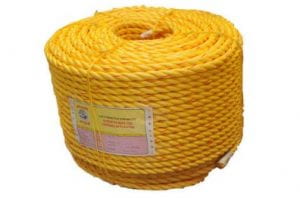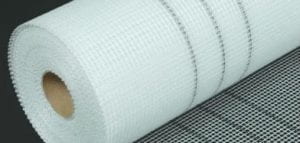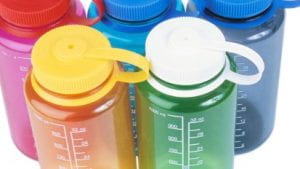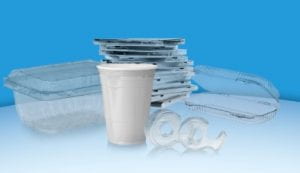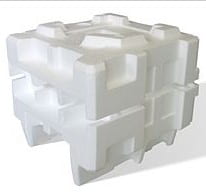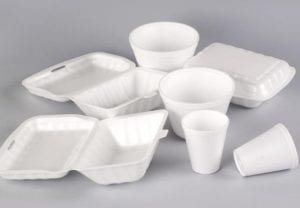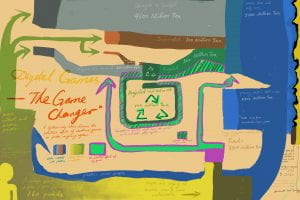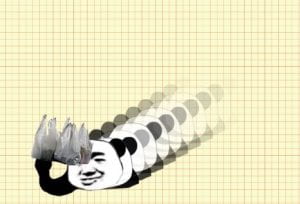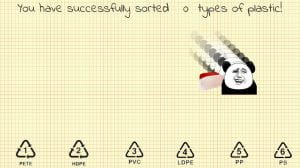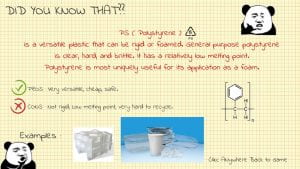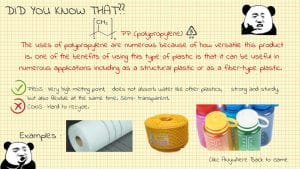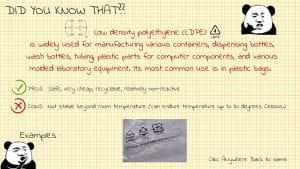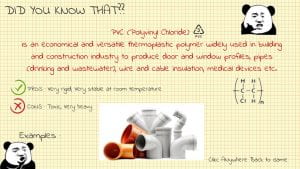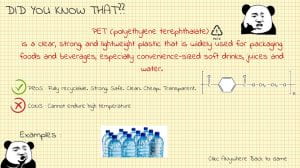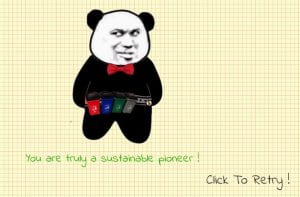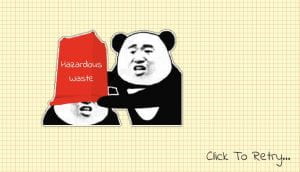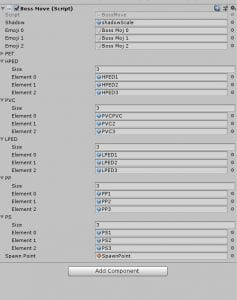Sustainable System Project – “Plastic Monster”
Part 1: Brain Storming about Ideas;
My major is Design Technology – a highly computer-based program that normally does not produce waste and harm the environment. The nature of my major, of course, set a limit for my imagination to think about those three original ideas. One of the energy sources that I constantly use as a DT student is electricity. I turn my computer on for about 5h every day on average. Consider the large population that relies on computer usage nowadays, suggesting computer companies to create more environmentally friendly processors and graphic cards seem to be a good idea. Another direction is more material-related. Computer companies can use fully-recyclable material to build computer cases. Just like what Apple did to their new MacBook Pro.[1] However, the execution of those two ideas requires support from a big company. Plus, based on some research I have done and from the information I learned from YouTubers such as “Linus Tech Tips”[2] and “Dave 2 D”, computer manufacture companies has already aware that a more conservative design will attract more consumers. What limits the whole industry is technical difficulties.
I finally focus on something I could do personally to make a difference. I want to connect my major with the idea of conservation and environment protection. The gaming industry is a system using interaction to connect players in order to amuse them. However, there is also the tone of offline games that establish connections between an individual player and a pre-build, virtual world on a screen to generate happiness to a player. Those virtual worlds are very broad and can also contain education values. Education is another giant system using different media to connect students together in order to give them knowledge. I want to make an interactive game that can teach middle school students to categorize different kinds of garbage. This idea might not seem new because there are already some environment conservation games existing on the internet. Such as Recycle City, and The Garbage Dream Game (see pictures below). [3]
One of the common problems that exist in the current game industry specifically about this type of game, is that the educational approaches in those games seem too obvious. That decreases the enjoyableness of the game and make players think about what they are being educated rather than having fun.
I will try my best to create a fun game that minimizes the educational element, but at the same time casting influences on the importance of environmental conservation. Now, I am able to create some games that involve basic player interactions, such as ‘point and shoot’. Here are some pictures that showcase my game.
Part 2, Ideas, and condensation;
After I have done some research I found out that people nowadays heavily rely on plastic usage, therefore a tremendous amount of plastic-related garbage is disposed to our mother nature. From 1950 – 2015 the world totally generated 8,000 million tones of plastic, and 60% of them are used to design one-time usage products, and most of those one-time plastic products went directly to landfill. In comparison, there is only 100 million tones of plastic that are recycled and reusable. The dramatic discrepancy draws my attention and I decide to make “Plastic conservation” to be the theme of my game.
(More Information on https://ourworldindata.org/plastic-pollution)
There are a lot of ways to intervene in a system. If I need to investigate a system and find what can we do to improve it to achieve a certain purpose, I would like to trace the system loop all the way back to its beginning and focus on that specific point. There are so many factors in a recycling system that potentially affect the amount of plastic that is eventually recycled. For example, technical difficulties or distribution methods of plastic garbage recycling. However, I believe the loop of a plastic recycle system starts with plastic categorization. People can help to put plastic garbage into the correct bin, only if they know about the general knowledge about that certain type of plastic, such as its general usage, physical property, and recyclability. Therefore, teaching people about the general information of the most commonly used six types of plastic becomes my goal.
Part 3, Researching information;
Different type of plastics:
(More Information on https://waste4change.com/7-types-plastic-need-know/)
PET (polyethylene terephthalate) is a clear, strong, and lightweight plastic that is widely used for packaging foods and beverages, especially convenience-sized soft drinks, juices and water.
Pros: Fully recyclable. Strong. Safe. Clean. Cheap. Transparent.
Cons: Cannot endure high temperature;
(More Information on http://www.petresin.org/news_introtoPET.asp)
HDPE (High-density polyethylene) is a strong, durable, lightweight, and chemically resistant plastic material popular for a variety of applications. cutting board material, orthotics and prosthetics, pipe grade, and playground board.
Pros: Safe, strong, highly recyclable, non-reactive, relatively high melting point (130 Degree Celsius).
Cons: Not transparent
(More Information on https://www.curbellplastics.com/Shop-Materials/All-Materials/HDPE)
PVC (Polyvinyl Chloride) is an economical and versatile thermoplastic polymer widely used in building and construction industry to produce door and window profiles, pipes (drinking and wastewater), wire and cable insulation, medical devices etc.
Pros: Very rigid, Very stable at room temperature
Cons: Toxic, Very heavy
(More Information on https://www.creativemechanisms.com/blog/everything-you-need-to-know-about-pvc-plastic && https://omnexus.specialchem.com/selection-guide/polyvinyl-chloride-pvc-plastic)
LDPE (Low-density polyethylene) is widely used for manufacturing various containers, dispensing bottles, wash bottles, tubing, plastic parts for computer components, and various molded laboratory equipment. Its most common use is in plastic bags.
Pros: Safe, very cheap, recyclable, relatively non-reactive
Cons: Not stable beyond room temperature (can endure temperature up to 80 degrees Celsius.)
(More information on https://matmatch.com/learn/material/ldpe-vs-hdpe)
PP (polypropylene) The uses of polypropylene are numerous because of how versatile this product is. One of the benefits of using this type of plastic is that it can be useful in numerous applications including as a structural plastic or as a fiber-type plastic.
Pros: Very high melting point, does not absorb water like other plastics, strong and sturdy, but also flexible at the same time. Semi-transparent.
Cons: Hard to recycle.
(More information on https://www.thoughtco.com/what-is-polypropylene-820365 )
PS (Polystyrene) is a versatile plastic that can be rigid or foamed. General-purpose polystyrene is clear, hard, and brittle. It has a relatively low melting point. Polystyrene is most uniquely useful for its application as a foam.
Pros: Very versatile, cheap, safe.
Cons: Not rigid, Low melting point, very hard to recycle.
(More Information on https://www.creativemechanisms.com/blog/polystyrene-ps-plastic)
Part 4, Constructing a system map:
I would love to present the system map in a way that visually presenting the intersection between different systems.
The whole plastic recycling system is located at the top-right corner of the screen, it illustrates the primary production and fates of all kinds of plastic from 1950 to 2015. The thickness of lines represents the percentage weight that each circumstance is accounting for. For example, the thinnest line shows that only 100m tons of plastic are properly recycled compare to the 8300m tons of total production. Then, at the very right of the screen, the thin edge demonstrates the sources of all the plastics is fossil fuel, which essentially the ancient solar energy.
At the bottom of the page, you will see the human behaviors that coexist with the plastic system. Plastics serves people so that people produce plastic waste. This part of the map is connected with the top part of the map by a special system: my game system. The area that is surrounded by pink lines is the potential effect of my game. The ultimate goal of my game which will be an additional part of the whole system is to make more plastic become “recyclable”.
Sources of my map:
https://ourworldindata.org/plastic-pollution;
https://www.titlemax.com/discovery-center/lifestyle/trash-one-person-produces-year/;
Part 5, Game Making:
After Collecting all the required data, I started to make the game. There are some basic rules that I want to follow:
- The game mechanism should be very simple;
- The purpose of the game should be very clear and easy to read;
- The game should be fun to interact with;
- The game should be easily expanded which allows future development.
1.
There will be a “Big Bad Boss” floating and bouncing around the screen who throw different kinds of plastic garbage to the ground, and as a player, you need to click and drag the garbage to the correct bins before it touches the ground to win the game. That makes the purpose of the game clear and simple.
The First iteration: A floating Emoji;
The Second iteration: The Emoji changes when it picks a new type of plastic garbage;
The third iteration: It creates a trail to make its movement more visualized and its emotions are more diverse;
2. What a player needs to do is to hold and drag the garbage into a recycle bin that has the correct tag.
First Version: I add a screen shaking visual feedback when the player put the garbage into the wrong bin;
Second Version: Players need to learn information about different types of plastics when players click on the bin, a new scene will pop up and shows the information on the plastic that it can contain.
Third Version: New text emoji is added when players score of fail!
The scoring system of the game is very encouraging. This is not a game about difficult mechanisms, it mainly about teaching.
First version:
Player will have only three lives, each time a type of plastic is put into the wrong bin will cost the player a life. Players need to successfully sort 20 types of plastics to win the game.
Second version:
Players now each time visit the information session their lives will get recharged, and the game progress won’t lose even the player has lost the game.
Final version:
I create the winning scene and lost scenes of the game. They look pretty funny.
Lastly, I made the game a modular unite. New types of plastic can be easily added into the game.
You got to play it to see all the interactions! Pictures do not tell everything! Play “Plastic Monster” on the link below.
https://alextianyouwang.itch.io/plastic-monster
References :
[1] https://www.apple.com/environment/
[2] https://www.youtube.com/watch?v=fyuxWDkLdcI
[3] https://www.makeuseof.com/tag/10-environmental-games-teach-kids-earth-ecology-conservation/
